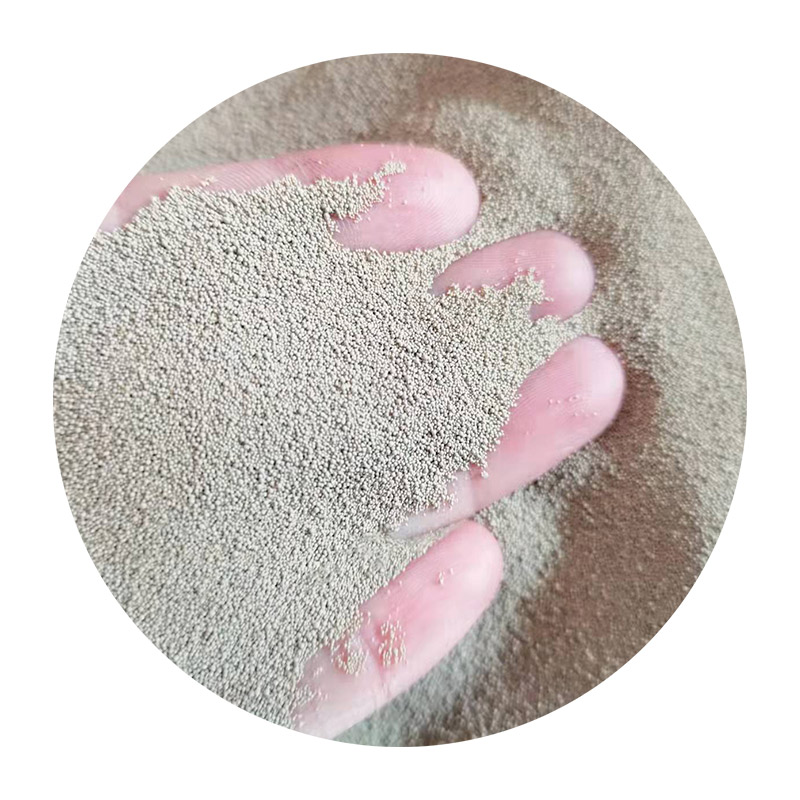

In managing the casting process, attention to detail in each phase, from mold preparation to cooling rate, is critical. Monitoring and controlling these variables ensure the metal fills the mold uniformly, preventing potential weak spots in the final product. Techniques such as computer simulations in mold design facilitate proactive identification and correction of potential issues before they arise, underscoring a commitment to quality and reliability. Customer satisfaction in hard sand casting is largely driven by the final product's performance, which demands strict adherence to quality assurance processes. Regular audits of the production line, coupled with thorough inspections using advanced non-destructive testing methods like X-ray or ultrasonic testing, guarantee defect-free products. Implementing such rigorous quality controls not only fortifies authoritativeness but also fortifies trust with clients by consistently delivering high-standard components. Continuous improvement in hard sand casting processes contributes significantly to an industry’s competitive edge. Encouraging a culture of innovation and adaptation within the production team enables the integration of cutting-edge technologies and processes, continually refining the quality and capabilities of the cast products. This relentless pursuit of advancement underscores a deep expertise and commitment to excellence. These insights, drawn from extensive professional experience, showcase how mastering the nuances of hard sand casting can profoundly affect production efficiency, product quality, and ultimately, customer satisfaction. The application of expert knowledge in material properties, advanced technology, sustainability practices, and quality assurance defines a path to achieving unparalleled success in the demanding world of metal casting. Post time:Gearr . 14, 2025 00:58
Next:dry sand casting
